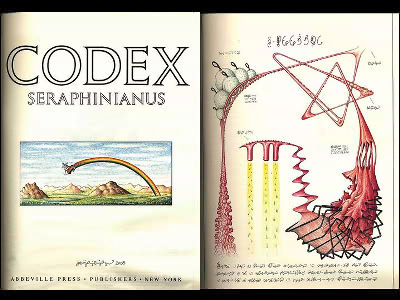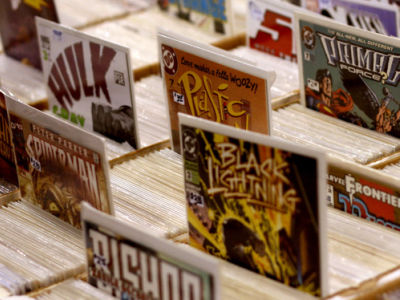Ancient and medieval 'clothes' were traded at car-like prices

If you buy clothes in modern Japan, you can get cheap T-shirts for a few hundred yen. However, in times of ancient and medieval times when there was no mass production technology, clothes were expensive items. Book and Sword , a history-related blog, explains the prices of clothes in such ancient and medieval times.
How Much Did a Shirt Really Cost in the Middle Ages? – Book and Sword
https://www.bookandsword.com/2017/12/09/how-much-did-a-shirt-really-cost-in-the-middle-ages/
How Much did a Tunic Cost in the Roman Empire? – Book and Sword
https://www.bookandsword.com/2021/05/08/how-much-did-a-tunic-cost-in-the-roman-empire/
In stories dealing with old times, bandits often ask to leave their clothes, such as 'Please leave all your clothes!'. Such a situation was not conceived in the modern era, and the illustration of the story collection ' Decameron ' written in the 1300s also depicts 'a scene of taking off clothes and handing it to a thief' in the Middle Ages. You can see that the clothes were treated as high value.

According to the Book and Sword, the price of a standard tunic in the Roman Empire in 301 AD was equivalent to the income of a worker for 6-12 days. In addition, luxury tunics are said to have been trading at up to 14 times the price of standard tunics. Book and Sword does not list the conversion price to modern currencies, but in a discussion on the community site Hacker News, 'The standard tunic when converted to modern American wages is $ 500 to $ 1500 (about 50,000). It is estimated that the price of a high-class tunic is about $ 7,000 to $ 21,000 (about 811,000 to 2.43 million yen).
Also, from the books of King Henry VIII of England, who reigned in the early 1500s, it is clear that the price of the shirt of the servant who served Henry VIII was 14 to 21 pence. This is worth the income of 3 to 10 days for the employee, and is equivalent to 240 to 800 dollars (about 27,000 yen to about 93,000 yen) when converted to modern currency. It's nearly half the price of the Roman Empire, but it's still quite expensive compared to most modern shirts.

As mentioned above, clothes were so expensive before the 20th century that poor people could only buy one outfit a year, and some couldn't afford summer outfits and even wore winter clothes on hot days. And that. Hacker News also posted the opinion that 'people at that time were like burning a car to break their clothes.'
Related Posts:
in Note, Posted by log1o_hf







